Legacy
A journey through history
The history of the Hacienda de Torrequemada dates back to ancient times, with traces that suggest its occupation since Roman times. Later, during the Muslim domination, it was part of the farm of Caxar, confirming its importance as an agricultural center.
With the Reconquest, in 1253, King Alfonso X ceded these lands to the Castilian nobleman Gonzalo García de Torrequemada, whose surname would give the estate its name. A few years later, in 1259, it passed into the hands of the Order of Santiago, one of the most influential military orders of the time, which administered various farms in the area.
In 1537, Emperor Charles V, as Grand Master of the Order of Santiago, sold Torrequemada to Jorge de Portugal, Count of Gelves.
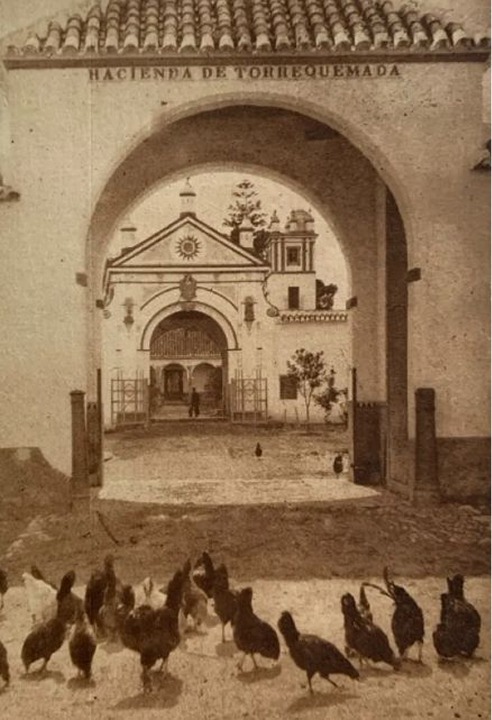
At the beginning of the 18th century, the property passed into the hands of Gabriel Morales, an influential Sevillian banker dedicated to the gold and silver trade. In 1708, Morales promoted the construction of the current farmhouse, a jewel of Andalusian Baroque architecture, designed by the architect Juan Navarro, master builder of the Court of Seville and the Duke of Medinaceli.
A few years later, in 1735, the Hacienda was sold to the royal chaplain Jerónimo de Vierigol y Rovira, for the Jesuit province of Chile. With the arrival of the Society of Jesus, the estate adopted the name of San Ignacio de Torrequemada, in honor of the founder of the order. For 25 years, the Jesuits managed it as an agricultural and spiritual center, building a chapel on the estate.
In 1760, shortly before the expulsion of the Jesuits and the dissolution of the Order in Spain, the Hacienda was acquired by private individuals and has since been passed down from generation to generation.
Today, under the care of the Gonzalo family, they are dedicated to preserving its essence and sharing its rich history.

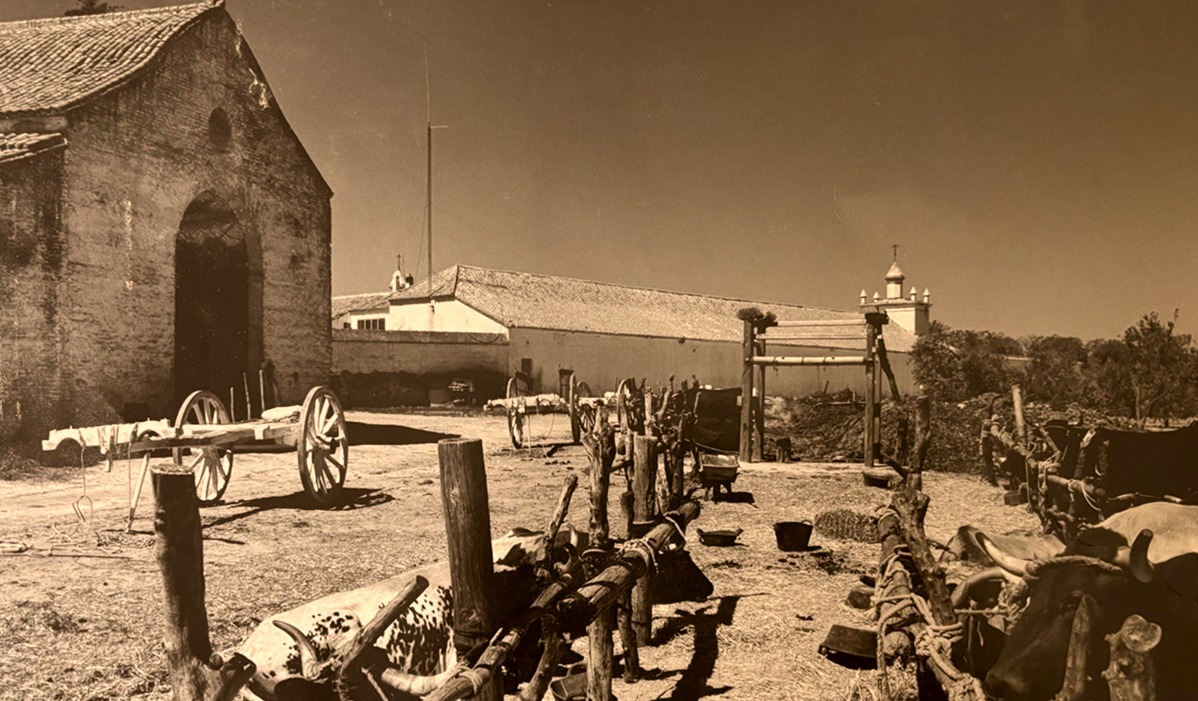
Oxen of the Hermandad del Rocio de Triana in front of the Tinahón in 1975.
An example of rural baroque architecture
The Hacienda is a clear example of Andalusian rural architecture, fusing functional and decorative elements.
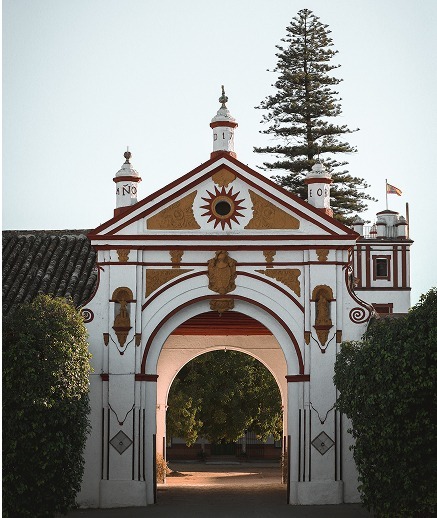
The main façade is one of the most representative elements of the Hacienda and a clear example of rural baroque architecture. It stands out for its semicircular arch, decorated with almagra, flanked by pilasters with niches that house the images of San Isidro and Santa Barbara. At the top, a noble coat of arms presides over the whole, topped by three pinnacles with balls, a typical ornamental characteristic of the period. The inscription on the façade confirms its construction in 1708.
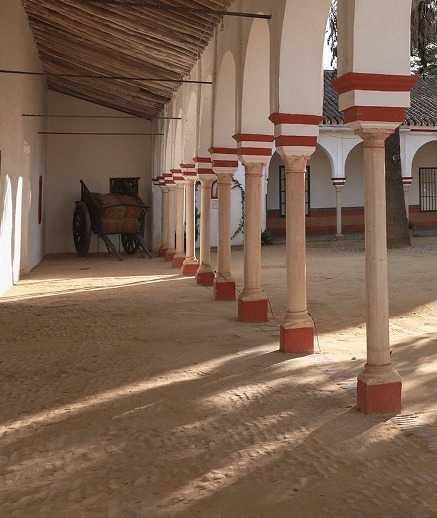
The Main Patio is one of the most emblematic spaces of the Hacienda, surrounded by an elegant gallery of semicircular arches resting on marble columns. A distinctive detail of this ensemble is that each marble capital is unique, reflecting the craftsmanship and architectural richness of the Andalusian rural baroque. This courtyard not only adds beauty and balance to the complex, but also plays a key role in the distribution and hierarchy of the Hacienda’s spaces.
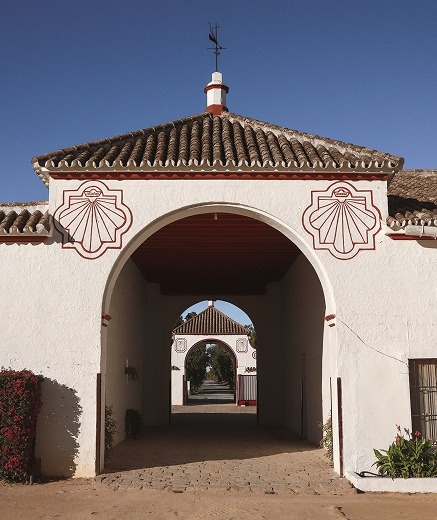
The sundials, painted in almagra, are one of the most unique elements of the Hacienda de Torrequemada. They are strategically located, flanking the entrances to the courtyards, and served both as a time reference for daily chores and as a decorative element. Their design, typical of Andalusian rural baroque architecture, combines functionality and aesthetics, integrating perfectly into the structure of the complex.